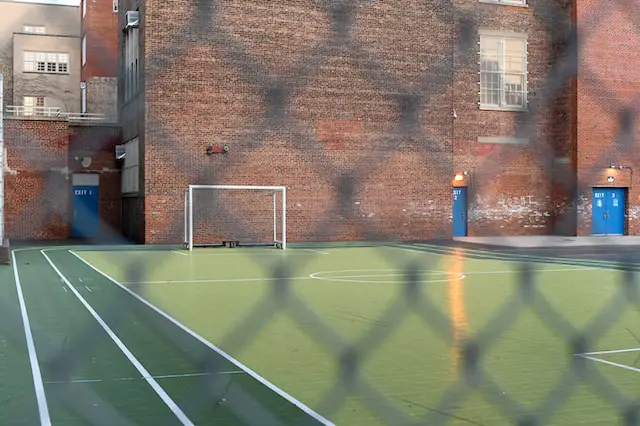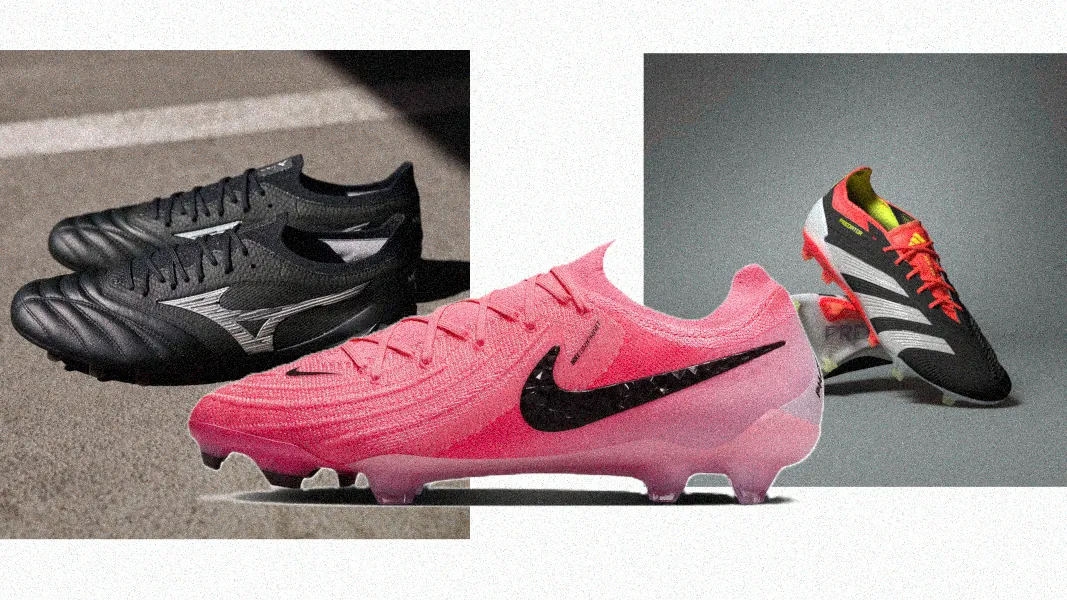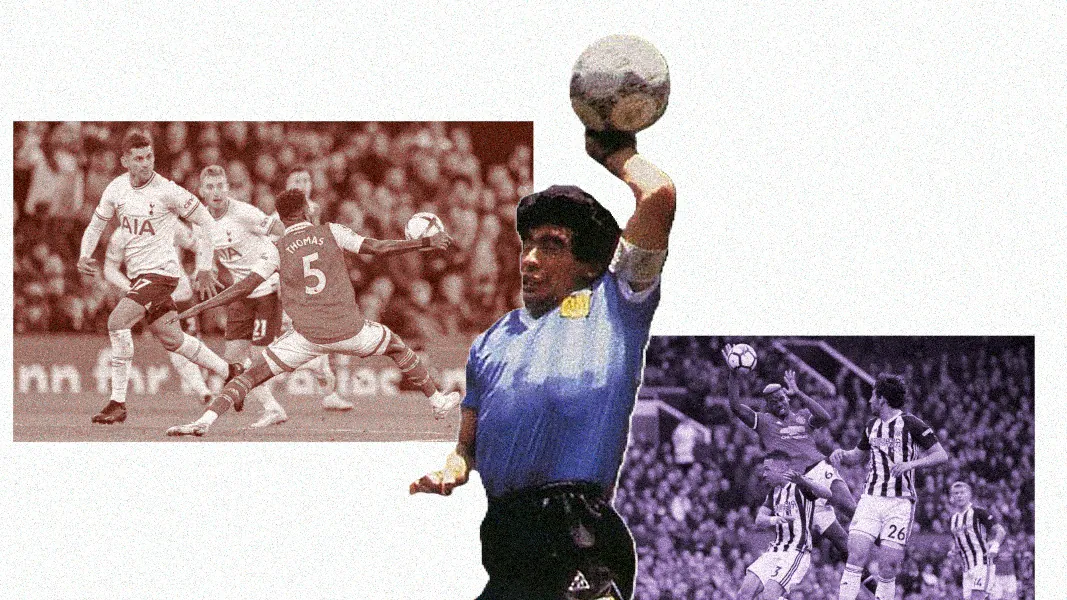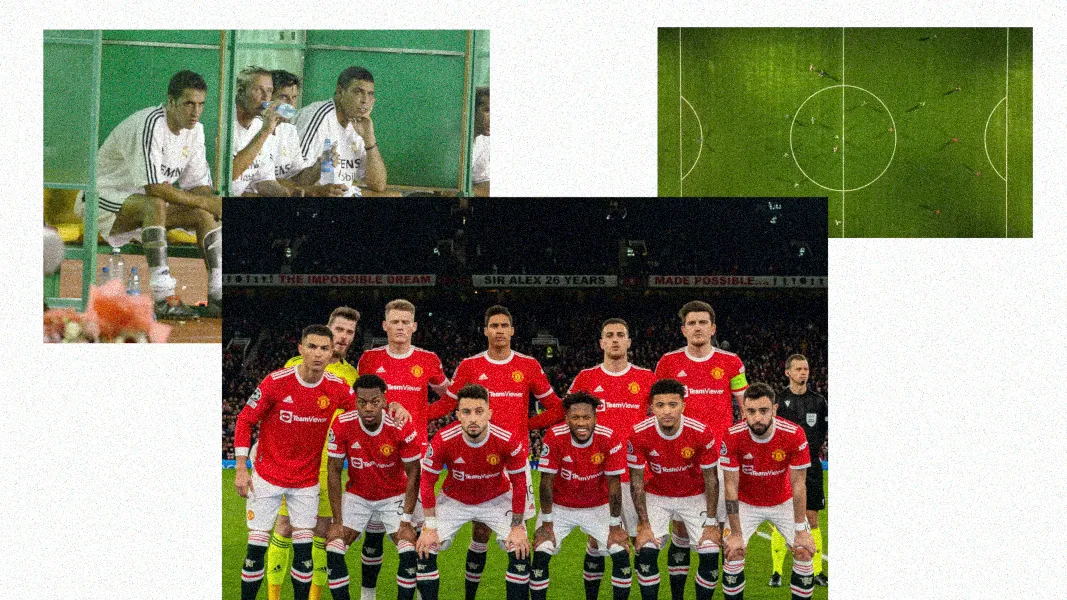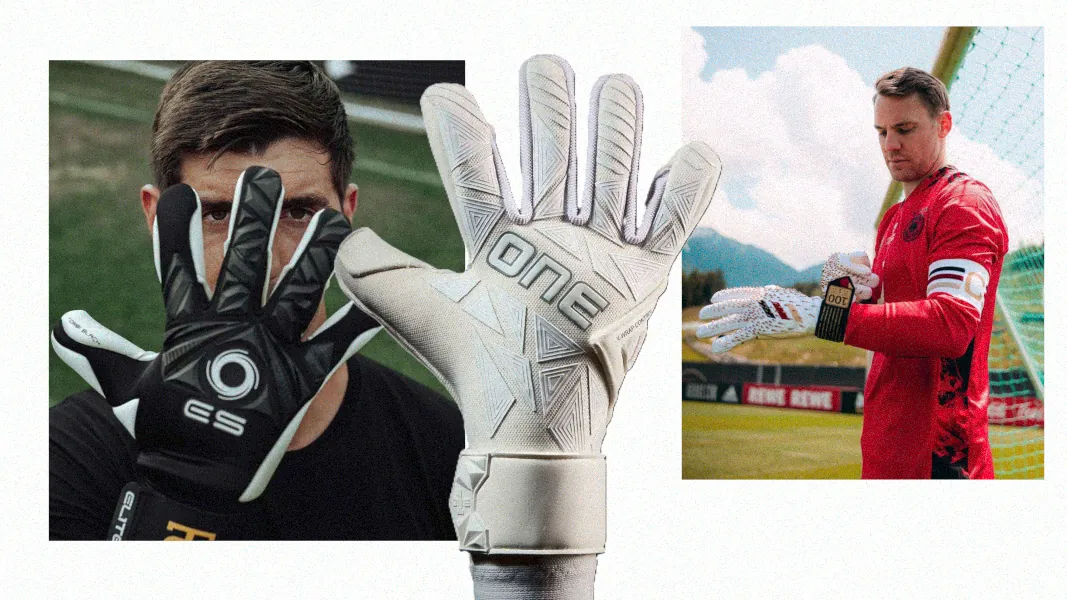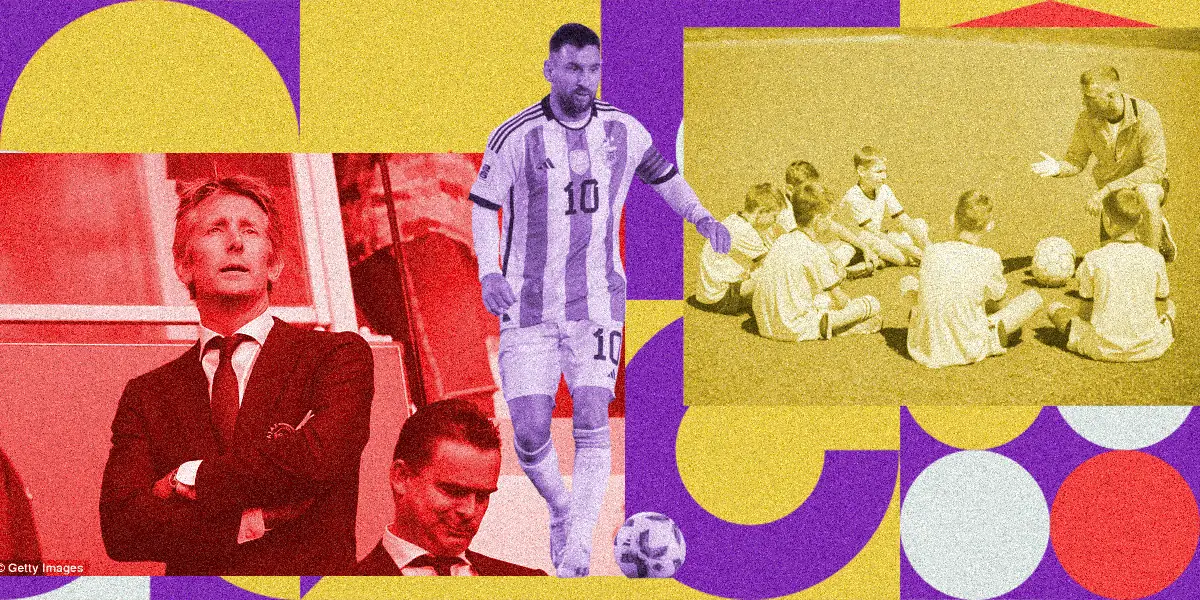Soccer, a game that unites passion and precision, demands the right gear to unleash its full potential. One key element is footwear – a player’s connection to the field. But the question arises: Can you use indoor soccer shoes on turf? This article provides a clear answer and delves into the reasons behind it.
Indoor soccer shoes, designed for indoor courts, differ from traditional cleats. Their flat, non-marking soles aid agility and quick movement. Turf, on the other hand, presents its own set of challenges – a textured surface that demands grip and stability.
So, can indoor soccer shoes tackle the turf? Let’s explore the science, advantages, and potential drawbacks to find the best fit for your game. In a world where each step counts, choosing the right shoes could make all the difference.
How Are Indoor Soccer Shoes Different from Other Soccer Shoes?
Embed from Getty ImagesIndoor soccer shoes possess unique traits tailored for their specific arena. These traits set them apart from traditional cleats and make them ideal for indoor courts.
1. Flat Sole for Quick Moves
The hallmark of indoor soccer shoes is their flat sole. This design facilitates rapid changes in direction, pivotal for the fast-paced indoor game. It maximizes contact with the surface, enhancing maneuverability during tight plays.
2. Non-Marking Outsole
Indoor courts have their rules, and leaving marks isn’t one of them. Indoor soccer shoes come equipped with a non-marking outsole, ensuring no unwelcome imprints on the court. This feature maintains the integrity of the playing surface.
3. Lightweight Construction
Agility and swiftness are paramount in indoor soccer. These shoes are engineered with lightweight materials that reduce unnecessary bulk. The result? Players experience less fatigue, allowing them to perform at their best throughout the match.
Characteristics of Turf Fields
Embed from Getty Images1. Artificial Composition
Turf fields consist of synthetic fibers that mimic natural grass. These fibers are anchored in a base layer of infill, often made of rubber or sand. This unique composition creates a surface that’s different from both grass and traditional indoor courts.
2. Texture and Grip
The texture of turf fields differs from indoor courts. While indoor courts offer consistent traction, turf fields have a slightly coarser texture. This requires footwear to provide ample grip for swift movements and changes of direction.
3. Infill Impact
The rubber or sand infill within turf affects how shoes interact with the surface. Footwear needs to navigate through these particles, demanding a design that prevents them from getting trapped while maintaining optimal grip.
The Differences Between Indoor Soccer Shoes and Turf Shoes

| Indoor Shoes | Turf Shoes |
|---|---|
| Designed with flat outsoles, suitable for smooth indoor courts. | Equipped with small rubber studs or patterns for improved grip on artificial turf. |
| Focus on lateral movement and quick direction changes indoors. | Prioritize traction on turf surfaces, preventing slipping and ensuring stability. |
| Often have a non-marking rubber sole to protect indoor floors. | Feature durable materials to withstand the abrasive nature of artificial turf. |
| Designed for comfort during prolonged indoor play. | Engineered to provide support and cushioning on harder turf surfaces. |
| Best suited for smooth indoor courts to optimize performance. | Specifically tailored to provide optimal traction and grip on artificial turf. |
| Limited traction can lead to slipping, reduced control, and potential injuries. | Enhanced grip and stability contribute to better overall performance. |
Can You Use Indoor Soccer Shoes on Turf?
While you can wear indoor soccer shoes on turf, you should avoid doing so. The disadvantages outweigh any advantage that you might get.
Using indoor soccer shoes on turf can lead to several significant issues due to the mismatch between the shoe design and the playing surface.
- Inadequate Traction:
- Indoor shoes lack the necessary grip for turf surfaces.
- Reduced traction can cause slipping, affecting player movement and control.
- Limited Stability:
- Turf demands stability to navigate its rough texture.
- Indoor shoes’ flat soles provide less stability on turf.
- Increased Injury Risk:
- Insufficient traction and stability amplify the chances of injury.
- Players may experience falls, twists, or sprains due to compromised footing.
- Performance Impairment:
- Without proper traction, players struggle to perform at their best.
- Reduced grip hampers acceleration, deceleration, and quick changes in direction.
- Uneven Pressure Distribution:
- Indoor shoes lack the cushioning needed for turf’s harder surface.
- Uneven pressure distribution can lead to discomfort and potential foot issues.
- Impact on Confidence:
- Frequent slipping erodes players’ confidence on the field.
- This can affect decision-making and overall gameplay.
Best Soccer Shoes for Turf
1. adidas Performance Mundial Team Turf Soccer Cleat

2. adidas Unisex-Adult Goletto VIII Turf Soccer Shoe

3. Diadora Brasil Sala Turf Shoes

4. PUMA Men’s Ultra Match Turf Training Sneaker

FAQs About Using Indoor Soccer Shoes on Turf
Using regular soccer shoes on turf is not recommended. These shoes lack the proper sole design for turf surfaces, increasing the risk of slipping and injury.
No, turf cleats and indoor soccer shoes are not the same. Turf cleats have specialized patterns to provide traction on turf surfaces, while indoor shoes are designed for smooth indoor courts.
Yes, indoor soccer shoes can be used outside, but they may not provide the optimal traction needed for outdoor surfaces. Outdoor-specific shoes offer better grip on grass and turf.
The difference lies in the sole design and traction patterns. Indoor turf soccer shoes focus on flat, non-marking soles for indoor courts, while outdoor turf shoes have cleats or studs for grip on outdoor surfaces.
Turf-specific soccer shoes, featuring small rubber studs or patterns, are best for turf surfaces. These shoes provide the necessary traction and stability for playing safely and effectively.
For Astroturf, shoes with turf-specific designs are recommended. These shoes are engineered to grip the artificial surface and prevent slips, ensuring better performance and reduced injury risk.
Final Thoughts on Using Indoor Soccer Shoes on Turf
In conclusion, it is not advisable to use indoor soccer shoes on turf surfaces. The distinct differences in sole design, traction, and material between indoor shoes and turf-specific footwear directly impact player performance and safety. The inadequate grip, limited stability, and increased risk of slips and injuries make indoor shoes unsuitable for playing on turf.
To ensure optimal performance and minimize the chances of injuries, it is recommended to choose turf-specific soccer shoes designed with appropriate traction patterns and materials.
